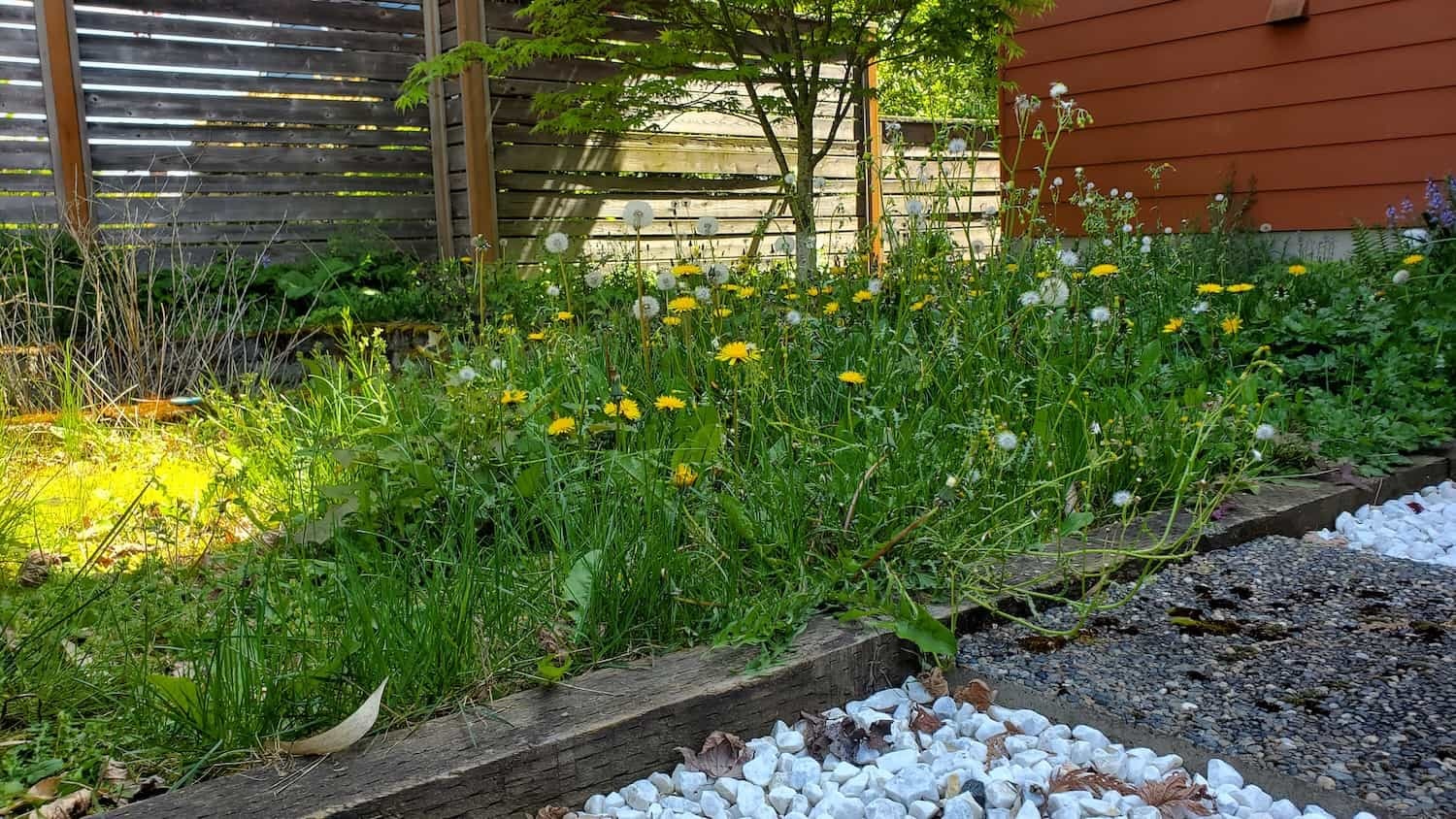West Seattle Remove vines from walls
Homeowner’s Issue
Vines look Pacific Northwest‑pretty until they start tugging at siding, mortar, or window frames. In West Seattle — from the Admiral ridge down toward Alki and the steep gullies around Lincoln Park — we see a lot of evergreen ivy, vinca, and volunteer clematis grabbing hold of brick, wood, and fences. The combination of frequent winter rain, salty air near the Sound, and shaded north‑facing walls holds moisture and encourages moss and root penetration. That moisture plus seasonal freeze/thaw and windy storms on exposed ridges accelerates damage.
Soils here vary block‑to‑block: older lots often have compacted clay or mixed fill that lets surface roots spread laterally; gardens on terraces and slopes create runoff that drives vines into crevices. HOA rules in many Admiral and Morgan Junction pockets require tidy façades; renters around the Junction and Fauntleroy need quick, low‑impact fixes. Because Seattle’s irrigation rules and summer watering preferences change, any replanting or soil work must fit local watering windows. We remove vines with hands and tools, avoid herbicides, protect historic mortar and siding, and leave walls readable and repairable for future maintenance.
Our Quality Service
We cut, peel, and lift vines from walls using hand tools, scrapers, and low‑impact pressure washing where appropriate. For tall climbs we use ladders and rope stabilizers; for steep ravines we rig access safely. Timelines: small facades done in a few hours, whole‑house or multi‑story jobs may take a day or two. We work in the drier months when possible to reduce re‑growth and limit moss spread.
Local insights we apply:
- West Seattle drains quickly on slopes but holds moisture at foundations — we check grading and gutters.
- South/sunny walls dry faster; north walls need careful drying and moss removal.
- No chemical herbicides — only manual removal, root extraction, and approved organic controls.
Benefits: preserves structure, reduces pest harborage, improves curb appeal, and lowers future maintenance with sustainable methods.
What’s Included
- Onsite assessment and written estimate.
- Hand‑cutting and careful de‑vining from walls, fences, and trellises.
- Root/runner removal at base where feasible without damaging the substrate.
- Surface cleaning of debris, moss brushing, and light washing as needed.
- Tidy haul‑away or green‑bin disposal of plant waste.
- Post‑service notes with prevention recommendations.
Options / Upgrades:
- Mulch + landscape fabric at base to deter re‑establishment.
- Organic, non‑toxic weed suppression (mulches, manual barriers).
- Small wall patching (fill cracks, mortar touch‑ups) — quoted separately.
- Planting of non‑invasive replacement species suited to West Seattle microclimates.
Before & After / Expectations
Expect some noise and a short window of visible mess during work — cut stems, root debris, and green waste staged for removal. Access to the base of walls is required; if the area is gated or on a steep slope we’ll note equipment needs in the estimate. Large vines with thick woody roots can leave stains or root traces; full cosmetic restoration (painting, repointing) is a separate item.
Care tips for West Seattle:
- Inspect and clear gutters in fall to reduce moisture feeding wall vines.
- Re‑check bases in spring and early fall for fresh runners (weed pressure spikes then).
- For replanting, pick sun‑adapted species for south walls; shade‑tolerant, shallow‑rooted plants for north aspects.
- Water new plantings in morning during permitted watering windows; avoid evening soak that encourages moss.
FAQs
Q: Do you use herbicides?
A: Never. We use hand removal, mechanical root extraction, and organic mulch or barriers only.Q: How long until vines stop regrowing?
A: You’ll see regrowth from missed runners within months. A follow‑up check at 3–6 months catches most re‑sprouts.Q: Will my brick or siding be damaged?
A: We take care to minimize damage. Old mortar or fragile siding may need separate repair if roots have penetrated deeply.Q: Do you haul plant debris?
A: Yes — choose tidy haul‑away or we can separate material for green‑bin pickup per city recycling rules.Q: When’s the best time to do this in West Seattle?
A: Late spring through early fall is ideal — surfaces dry faster and crews can work without prolonged damp conditions.
Call to Action
Ready to clear vines and keep your West Seattle home intact? Book a free estimate — quick scheduling, practical local work, and sustainable methods. Email neatandtidyseattle@gmail.com or call 206‑538‑9344 to set a time. Licensed • Bonded • Insured. Mon–Sun: 9am–6pm.










